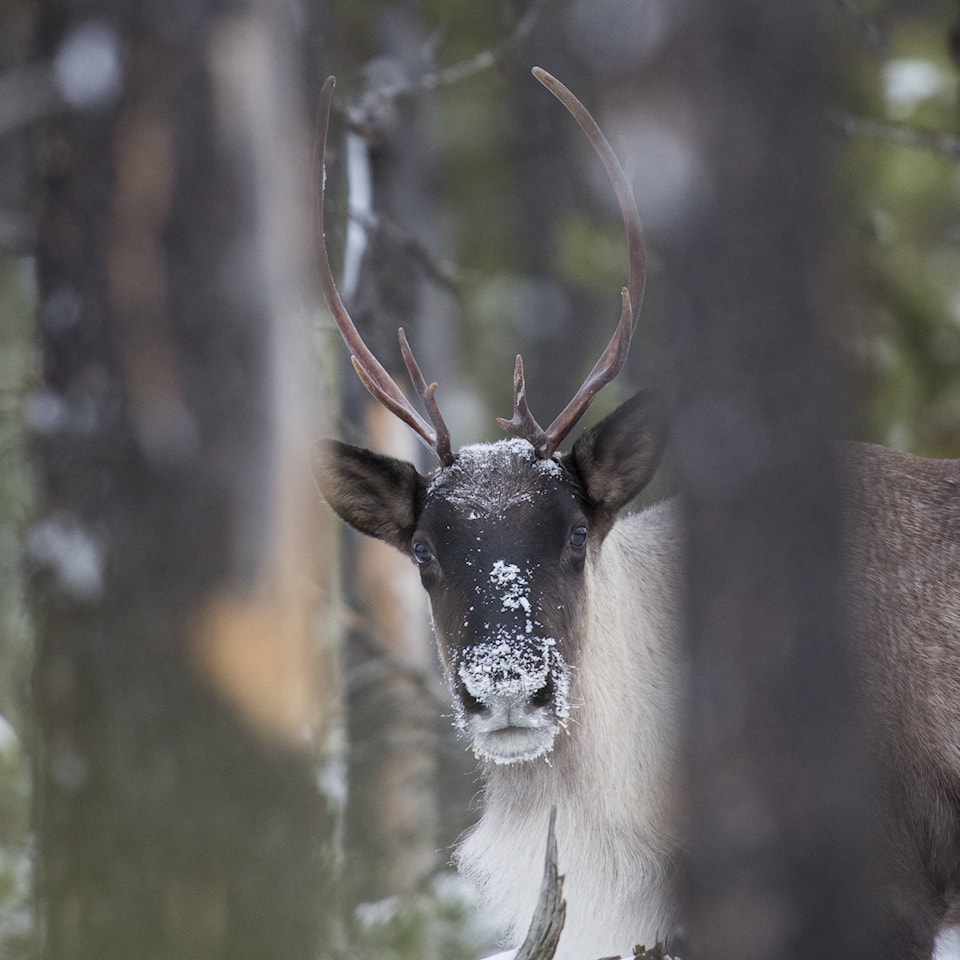Across Canada, Caribou herds and habitat continue to decline. The federal government is conducting surveys of what each province is doing to preserve Caribou habitat and the first report says provinces have taken steps towards preserving Caribou habitat, but more needs to be done.
None of Canada’s 51 caribou herds is known to be growing and populations have worsened over the past five years, largely from industrial activity.
John Bergenske of Wildsight Kimberley is active in Mountain Caribou recovery and he says the population here in the East Kootenay region is very low.
“In the Purcells there are 17 animals [caribou] while in the south Selkirks near Salmo there are 11,” said Bergenske.
Bergenske explained that population has declined drastically across the country mainly due to habitat loss, which he says, is the single biggest problem we face.
“The same problem faces wildlife in general but with iconic species like Caribou it’s particularly troubling,” Bergenske said. “There is further loss of habitat as we continue to develop land across the landscape.
“Change in their ecosystems allow predators to access Caribou’s habitat, so these animals are no longer isolated as they once were in terms of habitat choices. Predators move in, such as moose and deer, because those habitats are attractive to them. This makes Caribou more susceptible for that reason. Also, recreational use creates pathways for predation.”
In terms of what can be done, Bergenske says first and foremost we have to reserve the old forests that caribou call home.
“We have to quit destroying and reserve the old forests that caribou depend on. We have to control the way we make use of the forests and control our various recreational uses,” said Bergenske.
He also says that stress is a big factor on all wildlife, particularly in winter, which often adds to the decline in population.
“The big issue is the loss of habitat, which creates a cascade of other problems. The federal government is doing a thorough review across the country of how provinces are managing recovery,” Bergenske said. “The government recently found that there is a decline in population of boreal caribou and that not enough is being done.”
Bergenske predicts that findings will be the same for mountain caribou, however he is optimistic that the species can come back from the brink of endangerment.
One way, Bergenske says, of recovering population numbers is to start a breeding program.
“With the current numbers the chances of self-recovery are pretty slim. We have to get the numbers up so we can re-introduce them into herds,” said Bergenske. “I think it’s totally possible to bring them back from the brink.”
Bergenske gave an example of where a similar breeding program has been successful: Vancouver Island marmot.
“It’s going to take significant time to bring the forests back to the condition they need to be in,” Bergenske said. “[However] I think we will be able to continue to have caribou in our forests into the future.”
